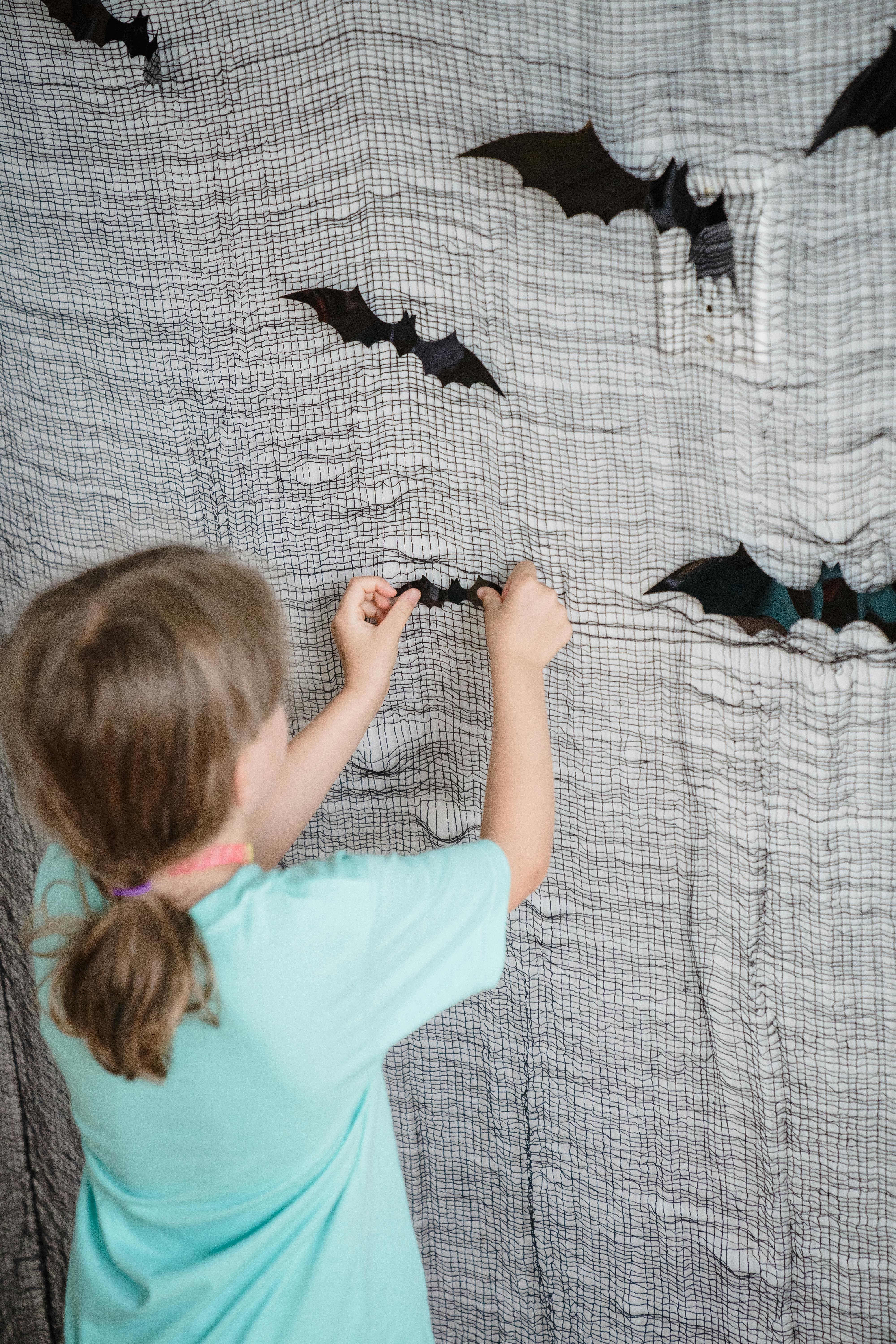Effective Ways to Kill Dust Mites for a Healthier Home in 2025
Dust mites are microscopic creatures that thrive in our homes, feeding on the skin cells we shed daily. While they’re harmless to most people, their droppings are a major allergen, potentially exacerbating conditions like asthma and allergic rhinitis. As we move into 2025, understanding how to effectively eliminate dust mites can greatly enhance the quality of life for allergy sufferers and contribute to overall home health. This article will outline various dust mite extermination techniques, from natural solutions to professional treatments. We will also delve into dust mite control methods that can help reduce their population, ensuring a safer and healthier living environment.
In this guide, we'll cover essential dust mite prevention tips, the benefits of regular cleaning routines, and advanced treatments like steam cleaning and humidity control for dust mites. By implementing these strategies, you can create an allergy-safe environment for your family and ensure that dust mites do not pose a health risk in your home.
Understanding Dust Mite Biology and Infestation Signs
It's crucial to comprehend the biology of dust mites to effectively combat their presence in your home. Dust mites belong to the arachnid family and prefer warm, humid environments, making bedding, carpets, and upholstery their prime habitats. Understanding their life cycle can assist in implementing effective dust mite control strategies.
Life Cycle of Dust Mites
Dust mites reproduce rapidly, with females laying hundreds of eggs in their lifetime. The complete life cycle of a dust mite—from egg to adult—takes approximately 2-4 weeks under optimal conditions. By reducing humidity levels and maintaining cleanliness, you can disrupt this cycle, leading to a significant reduction in dust mite populations.
Signs of Dust Mite Infestation
Common signs of a dust mite infestation include increased allergy symptoms when sleeping or after prolonged periods in specific rooms. Look for indicators such as dust accumulation in bedding, carpets, and upholstery. Children’s rooms often harbor more dust mites, posing additional health risks. Identifying these signs early on can lead to timely intervention and dust mite treatment options.
Health Risks Associated with Dust Mites
Dust mites are a common trigger for allergic reactions and respiratory issues. Symptoms can range from sneezing, runny nose, and itchy skin to more severe reactions like asthma attacks. Understanding the health implications associated with dust mite exposure emphasizes the necessity of incorporating a thorough dust mite management plan into your home hygiene routine.
Implementing Dust Mite Control Methods
With the understanding of dust mite biology and health impacts established, the next step is to explore effective dust mite control methods, from simple cleaning tactics to more intensive treatments.
Regular Cleaning Routines
Adopting regular cleaning routines is critical in maintaining a dust mite-free home. Weekly washing of bedding in hot water (at least 130°F) can significantly reduce dust mites and their allergens. Consider using hypoallergenic bedding covers to further protect against dust mite exposure.
Vacuuming for Dust Mites
Heavy-duty vacuuming is an essential element of dust mite extermination. Investing in a vacuum cleaner equipped with a HEPA filter can effectively trap dust mites and their allergens. Regularly vacuuming carpets, rugs, and upholstered furniture can reduce dust mite populations significantly.
Humidity Control for Dust Mites
Dust mites thrive in humid environments; therefore, controlling humidity levels in your home is paramount. Using dehumidifiers or air conditioners can keep the humidity below 50%, making it less hospitable for dust mites. Monitoring humidity levels is a proactive step towards reducing dust mite populations.
Exploring Dust Mite Treatment Options
For more persistent infestations, consider implementing specific dust mite treatment options, including both natural remedies and chemical solutions.
Essential Oils for Dust Mites
Natural dust mite solutions, such as essential oils, can be an effective way to deter these pests. Oils such as eucalyptus, tea tree, and lavender possess anti-mite properties. Mixing these oils with water and using them in a spray bottle helps in keeping dust mites at bay, particularly in areas like bedding and upholstery.
Steam Cleaning for Mites
Steam cleaning is one of the advanced dust mite treatments that can eradicate dust mites and their allergens. The high temperature of steam kills dust mites on contact and is especially effective for carpets, curtains, and upholstery. Regular steam cleaning can significantly improve the overall cleanliness of your home.
Working with Pest Control Experts
In cases of severe infestations, working with professional exterminators for mites may be necessary. Pest management for dust mites can include chemical treatments that are applied strategically throughout the home, ensuring that all potential hiding spots are addressed. Always discuss options with pest control experts to find the best course of action for your home.
Home Remedies and Natural Solutions for Dust Mites
Many homeowners prefer to use home remedies and natural solutions to manage dust mites. Understanding these options can empower you to create a less allergen-rich environment.
Dust Mite-Free Household Strategies
Creating a dust mite-free home involves adopting various strategies to manage allergens effectively. This includes using air purifiers designed specifically for dust mites, selecting mite-proof mattress covers, and incorporating seasonal cleaning plans.
Reducing Dust in Your Home
Dust buildup is a major contributor to dust mite survival. Regularly cleaning dusty areas in high traffic parts of your home, combined with effective laundry methods, helps in reducing dust and allergens significantly. Consider using vacuum attachments designed for mites to ensure thorough cleaning.
Monitoring and Preventative Strategies
Monitoring dust mite levels through regular home inspections is key to long-term management. Seasonal dust mite management has proven effective; therefore, adapting your cleaning routines accordingly can help establish a dust mite-free environment, especially during high allergen seasons.
Conclusion and Dust Mite Prevention Tips
Effectively combating dust mites in your home involves understanding their biology and health implications, implementing consistent cleaning practices, and utilizing both natural and professional treatment options.
By employing the strategies discussed in this article, such as regular washing of bedding, controlling humidity, and utilizing various dust mite fighting products, you can significantly reduce the dust mite population in your home. Whether it's through essential oils, steam cleaning, or professional pest management, there are numerous avenues for ensuring your home remains safe and healthy.
Regularly revisiting these practices, coupled with a commitment to maintaining an allergen-free environment, can significantly enhance your quality of life. In 2025, let’s prioritize our home health by tackling dust mites effectively.




